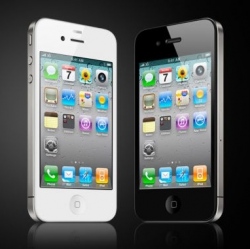
UCLA engineers have created a 1/2-pound, portable smartphone attachment that can be used to perform sophisticated field testing to detect viruses and bacteria without the need for bulky and expensive microscopes and lab equipment.
“This cellphone-based imaging platform could be used for specific and sensitive detection of sub-wavelength [smaller than the wavelength of light] objects.
These include bacteria and viruses and therefore could enable the practice of nanotechnology and biomedical testing in field settings and even in remote and resource-limited environ6ments,” said Aydogan Ozcan, a professor of electrical engineering and bioengineering at the UCLA Henry Samueli School of Engineering and Applied Science.
“These results also constitute the first time that single nanoparticles and viruses have been detected using a cellphone-based, field-portable imaging system.”
Capturing clear images of objects as tiny as a single virus or a nanoparticle is difficult because the optical signal strength and contrast are very low for objects that are smaller than the wavelength of light.
In an ACS Nano paper, Ozcan details a fluorescent microscope device (fabricated by a 3-D printer) that contains a color filter, external lens, and laser diode. The diode illuminates fluid or solid samples at a steep angle of roughly 75 degrees. This oblique illumination avoids detection of scattered light that would otherwise interfere with the intended fluorescent image.
Using this device, which attaches directly to the camera module on a smartphone, Ozcan’s team was able to detect single human cytomegalovirus (HCMV) particles. HCMV is a common virus that can cause birth defects such as deafness and brain damage and can hasten the death of adults who have received organ implants, or who are infected with the HIV virus, or whose immune systems otherwise have been weakened. A single HCMV particle measures about 150–300 nanometers; a human hair is roughly 100,000 nanometers thick.
In a separate experiment, Ozcan’s team also detected nanoparticles — specially marked fluorescent beads made of polystyrene — as small as 90–100 nanometers.
